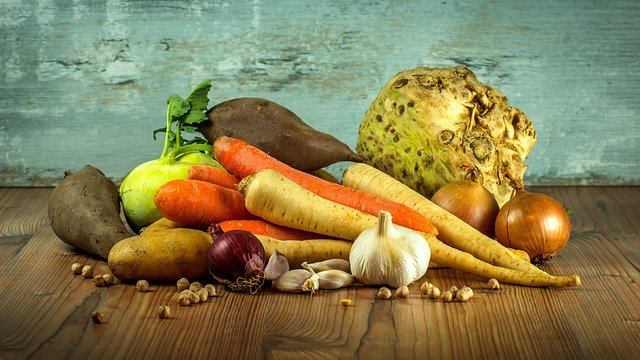Can Technology Save the Family Farm?

Blockchain technology advocates have promised that disruption would be a core factor of this new wave of change. Disruption is a byproduct of any change, with established systems, products, and "the old way of doing things" being disrupted by the changes that constantly occur in our world. Some parts of society and industry adapt and embrace these changes and the disruption of old patterns more easily than others.
One of the biggest segments of society that is loath to change and disruption is the agricultural community here in the U.S. Yet this is one of the industry segments that can benefit most from emerging technology is the agriculture sector. Agriculture is broken into two very distinct groups across America. The "Factory Farm" and the family owned farm. The family owned farms have generally been in the family for generations, with sons taking over operations from their fathers for sometimes as long as 200 years or more.
While this can be good in some ways, it also tends to stifle innovation and change as the thought process tends to run to "It was good enough for my father and his father before him, so it's good enough for me."

Even simple changes like not overplowing which led to the Dust Bowl of the 1920's and contributed to the Great Depression were difficult to implement. In the 1920s and early 30s, most farmers on the plains plowed their fields right after the previous harvest, leaving the soil open for months until it was time to plant again. Thus the Dust Bowl. The solution, plowing in spring right before planting, was simple, yet it took an act of Congress Congress - the Soil Conservation Act that called for changes in plowing techniques, strip cropping and shelter belts to cut down on wind erosion for many to adopt these "new fangled" methods.
In today's American farming world, over plowing or plowing at the wrong time is no longer a problem. But soil depletion is. The answer most farmers, big and small, go to is fertilizers, herbicides and pesticides. Modern animal husbandry consists of feed lots and doses of antibiotics, hormones and other chemical solutions in an attempt to grow the largest animal in the shortest space of time.
Today's family farm has much more than the weather to contend with. Middle men are present in almost phase of farming, from shipping contracts, to storage co-ops, to milling and growing out facilities. While the farm to table movement has become a force that can help eliminate much of the cost these middle men tack onto to meat, grains and produce, these consumers are looking for healthier non-processed food. Chemicals in the soil make their way into anything that is grown in that soil or anything that eats what was grown in that soil. Thus, almost everything grown on family farms and 100% of what is grown on Factory Farms has some level of chemical contamination. Many farm to table programs are only interested in non-treated food sources.

Switching to an organic solution requires time and money, as the soil needs to recover from the heavy chemicals that helped control weeds, pests and aided in fertility. It can take as long as 10 years before an organic field is producing at the same levels as it had with chemical treatments. While farm to table does remove some of the processing meant to ensure "shelf life", just buying locally doesn't provide the same health benefits of food grown in your own backyard garden without the help of Roundup or a chemical fertilizer.
The switch in focus by todays food consumer from chemically treated food to fresher, more healthful food can actually be solved by technology. The supply chain management applications available on the blockchain can help consumers and distributors accurately source the food, practically from the germination or birth to the final sale. This would not only cut down on problems inherent with accurately locating the source of a food bourne disease outbreak, but could also help farmers "pitch" their food products to outlets looking for safe, reliable foods.

But perhaps the most important technology advance thanks to blockchain tech is the elimination of the middle man. Peer to peer sales, backed by smart contracts and the ability to sell virtually anywhere in the world, would eliminate that costly, inefficient middleman. The local farmer would no longer have to accept whatever price the grain mill or feed lot or packing house offered for his crops and animals. At the moment, cheese storage facilities, grain mills and feed lots are so overflowing with product, the prices the farmer/producer is being paid are barely sustainable in many cases. Milkbusiness
Being able to deal directly with the distributor or even the consumer is a reality that blockchain tech has brought to life. It's already being used in other parts of the world, for more a more in-depth look be sure to check out this article on the Successful Farming website
But all the opportunities that are the result of "disruption" and change will not produce any benefit for the family farmer as long as the "if it was good enough for my father, it's good enough for me" mind set is in firmly in place in today's American family farms. And changing that mindset is truly the biggest obstacle to avoiding the death of the non-factory farms in the U.S.A.
Congratulations @ascorphat! You have completed the following achievement on the Steem blockchain and have been rewarded with new badge(s) :
Click here to view your Board
If you no longer want to receive notifications, reply to this comment with the word
STOPTo support your work, I also upvoted your post!